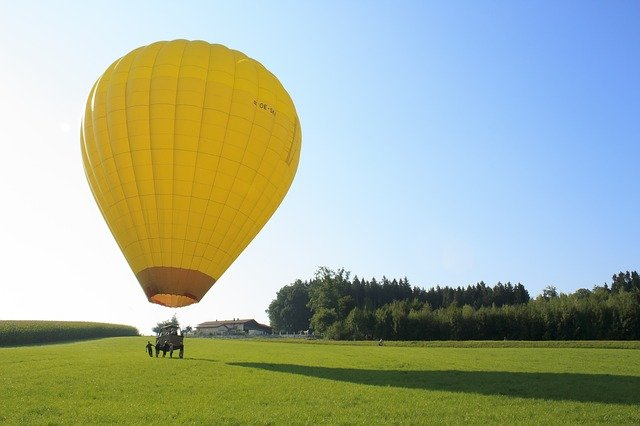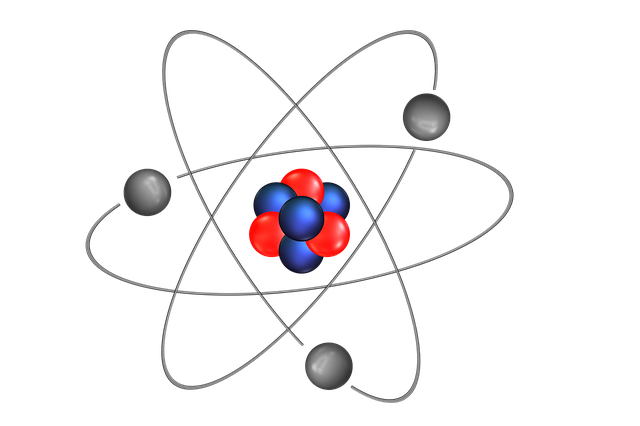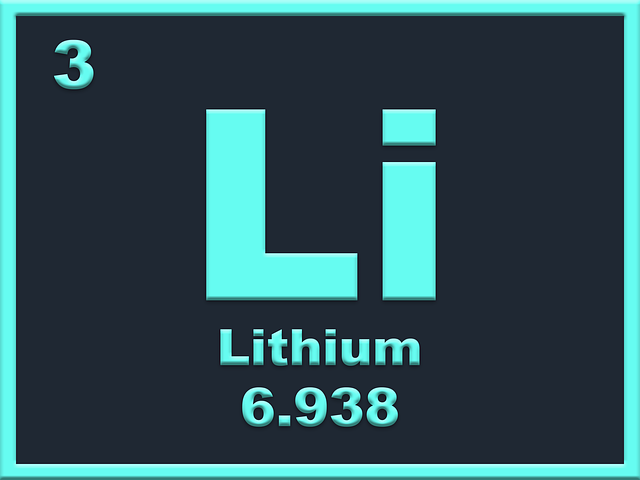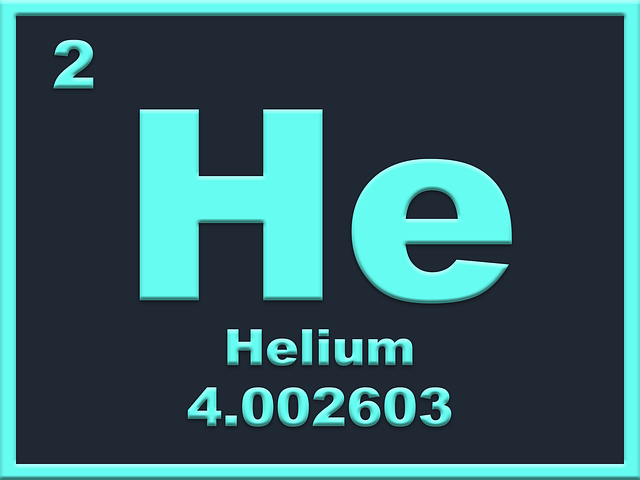Hydrogen is used in a wide range of products. Its use is ranging from household products to industrial. Here are some examples;
It is used in the production of Ammonia in Haber-Bosch Process.
It is used in the production of ghee and other Saturated fats and oils. Unsaturated oils are converted into saturated fats and oil through Hydrogenation.
H2 is used in the preparation of metal from ore, Hydrogen is used as a reducing agent in the process.
It is used in the production of Hydrochloric Acid.
Deuterium an isotope of hydrogen (D2O) that is used in the nuclear reactor as a moderator for slowing the speed of neutrons.
Another Isotope of Hydrogen, Tritium is used in bioscience as an isotopic label and it is also used in Hydrogen Bombs.
Who discovered hydrogen?
Robert Boyle in 1671 reacts dilute acid and iron filings which produced hydrogen gas. Later on, in 1766 Henry Cavendish recognized it and called it ''inflammable air''. By 1781 it was found out that this inflammable air is producing the water on burning. Antoine Lavoisier gave it the name hydrogen in 1783. The name Hydrogen is derived from Greek Hydro meaning ''water'' and genes means ''creator''. In short Henry Cavendish discovered it and Antoine Lavoisier named it.
How many hydrogen bonds between a and t?
Adenine (A) and Thymine (T). Adenine is a double ring base (purine) while Thymine is a single ring base (Pyrimidine). There are two hydrogen bonds between A and T. One Hydrogen bond is from each of the bases. On the other hand, there are three Hydrogen bonding between Guanine and Cytosine. Two from Guanine and one from Cytosine. See figure below.





